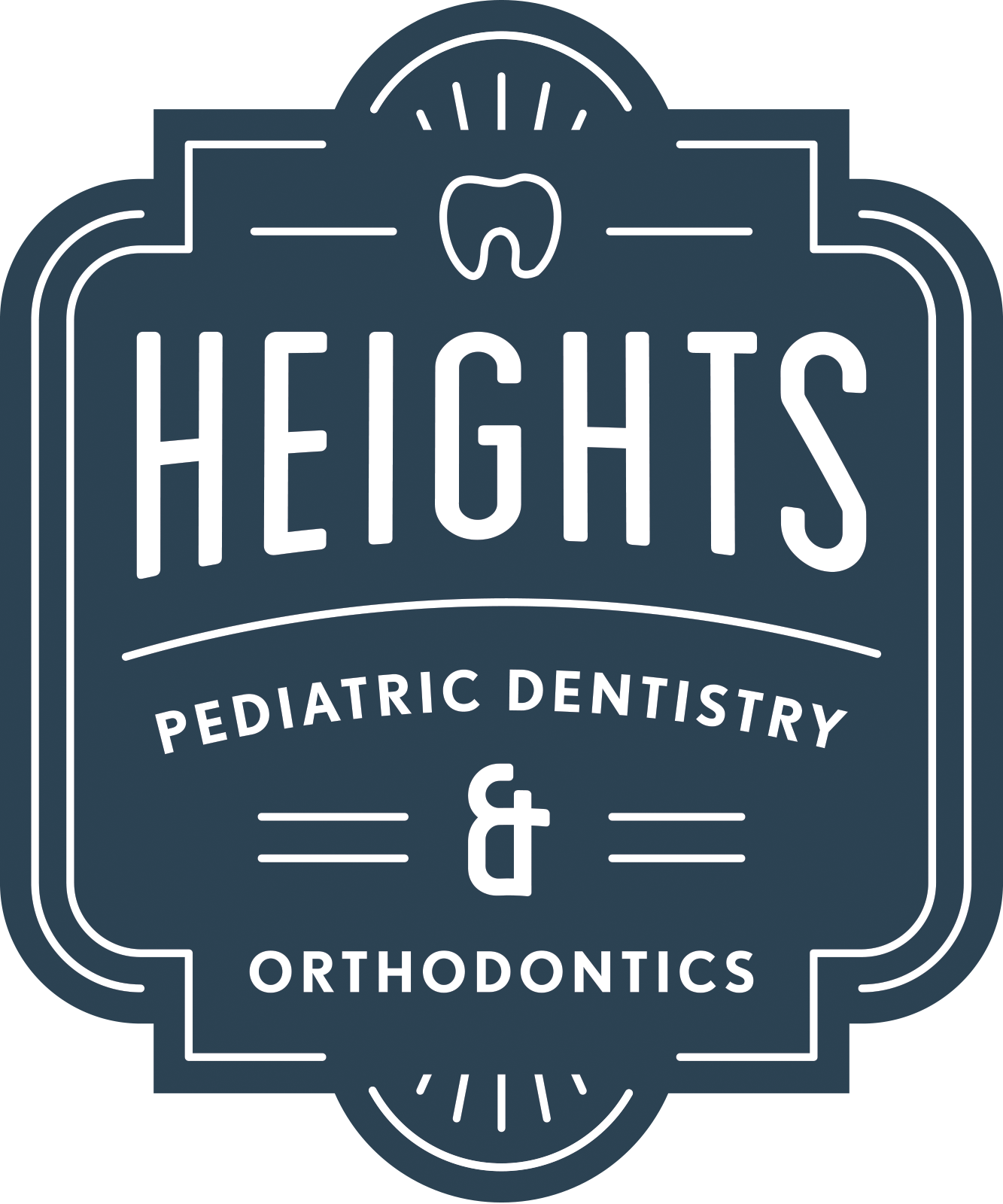X-Rays in Pediatric Dentistry & Orthodontics
/As pediatric dentists and orthodontists, we are aware and respectful of radiation for our young patients. However, we also are unable to diagnose and treat properly without certain x-rays. Here is our guide to the pediatric dental and orthodontic x-ray schedule that is supported and recommended by American Academy of Pediatric Dentistry.
We do not usually take any radiographs before 3 years of age. At that time, we take a set of baseline x-rays that help us see both possible decay and early development of permanent dentition under baby teeth. After this initial set, we personalize frequency of x-rays based on our patient’s risk factors. Children with teeth not touching in the back
(open contacts), ones with great home oral care, ones with a healthy diet, no previous cavities, and no other risk factors will only get two x-rays called bitewings (cavity detecting ones) every 18 to 24 months. However, children with a higher risk for cavities starting between the teeth such as back molars touching, a diet that exposes teeth to sugar and acid and/or poor oral hygiene will get those two x-rays more often, in some cases every six months. Radiation from these x-rays is minimal and we will be happy to discuss details of how we moderate even that small of an exposure using thyroid collars, lead jackets, and state of the art technology.
The only other x-rays taken between three and seven years of age are ones required for possible trauma or infections of teeth. These x-rays and their frequency are based on the recommendations of the AAPD, incidents themselves and their severity.
Once patients reach around seven years of age and their front teeth as well as last molars are permanent, they are due for panoramic x-rays. This x-ray does not diagnose cavities but shows us growth and development of oral structures that is not visible on any of the previous radiographs. On a panoramic x-ray we can see temporomandibular joints, bone pathology, all adult teeth developing underneath baby teeth, their direction, extra or missing teeth as well as anything that could prevent them from future eruption. This x-ray is crucial to deciding on timing of orthodontic treatment and many other dental treatment decisions. If everything looks healthy on this x-ray, we will repeat it when all permanent teeth erupt at twelve years of age and once more around age seventeen to check for wisdom teeth development and a possible referral to oral surgeons.
As children get older, frequency of cavity diagnosing x-rays can be more spaced out as permanent teeth have thicker enamel and take longer to develop cavities. However, permanent teeth are more important since they need to serve our patients for the rest of their lives. Therefore, we take all potential cavity developing habits more seriously and follow up on x-rays as necessary. Most of our teenage patients need bitewings only once a year or even once every two years. However, poor oral hygiene, developing cavities, or an acidic and sugary diet will call for higher frequency.
Our orthodontic team periodically needs panoramic x-rays, cephalometric (side view of the jaws) x-rays, or even 3D scans, to ensure proper movement of teeth during orthodontic treatment. Those x-rays are usually indicated prior to treatment and further frequency is prescribed by the orthodontist as needed.
If you have any questions or concerns about x-rays, their necessity, indications, and radiation, please contact our office anytime!
If you have any questions, call us at Heights Pediatric Dentistry & Orthodontics, 713-861-4000!
Dr. Lindhorst, Dr. Darsey, Dr. Theriot and the Heights Pediatric Dentistry and Orthodontics Team
